We have compiled a comprehensive collection of questions and answers to support professionals, families and individuals seeking reliable information and guidance on motor speech disorders.
The term motor speech disorders (MSDs) refers to impairments of speech motor processes following damage to the central or peripheral nervous system. MSDs are distinguished from disorders of expressive and receptive linguistic abilities (aphasia). They are also differentiated from disorders of non-speech movements of the muscles relevant for speaking (e.g. buccofacial apraxia). However, these disorders can (and often do) occur in association with one another. A distinction is made between different types of MSDs: The term dysarthria refers to a class of speech disorders caused by elementary motor impairments affecting the execution of speech movements. Dysarthria can affect all muscle groups involved in speech (respiratory, laryngeal and articulatory musculature). The disorders can be categorised into different syndromes, which are recognised by characteristic clusters of auditory-perceptual features and which are typically associated with specific areas of damage to the central or peripheral nervous system (e.g., spastic-paretic dysarthria with damage to the upper motor neuron system, flaccid-paretic dysarthria with damage to the lower motor neuron system, hypokinetic dysarthria with damage to the basal ganglia system, or ataxic dysarthria with damage to the cerebellar loop). There may also be mixed forms, or dysarthria may not be clearly assigned to one of the syndromes. Dysarthrias may result from lesions to either hemisphere and are mostly mild and transient after one- sided lesions. Apraxia of speech (AOS) relates to a disorder affecting the planning (or ‘programming’) stage of the speech production process. The main characteristics of AOS are errors in sound production and an unfluent, effortful speech (with no or only minor phonatory and respiratory involvement). The symptoms of AOS cannot be explained by any of the elementary motor pathomechanisms such as, e.g., paresis, ataxia, or hypokinesia. AOS is mainly associated with damage to the ventral premotor cortex, the ventral precentral gyrus and the inferior frontal cortex (Broca's area). Different from the dysarthrias, AOS is strongly lateralized to the language dominant (mostly the left) hemisphere. Furthermore, there are special forms of motor speech disorders, including, for example, neurogenic stuttering.
The diagnosis of MSDs, dysarthria and apraxia of speech, is based on the examination of the speech production and speech motor control, in combination with brain imaging, neurophysiological, biological and/or the neurological clinical data, if available. The assessment of speech production focuses on the dimensions of speech (respiration/phonation, resonance, articulation, prosody), the naturalness of speech and the intelligibility using a set of speech tasks, preferably phonetically/linguistically controlled and modulating the cognitive-motor demands of speech. The speech tasks provide the speech corpus for perceptual, acoustic, motor-articulatory and/or instrumental analyses. The clinician may use standardized assessments and refer to norms for his/her language/region, if available. Communicative complaints and the psychosocial impact of MSDs may also contribute to the diagnosis in a person with a very mild/ mild MSD. Audio and video recordings are recommended for speech and oral motor analyses. According to the current classification of dysarthria (Darley et al., 1969a, 1969b, 1975; Duffy, 2005), the type of dysarthria is defined by the neurophysiological motor system(s) affected. For the diagnosis of apraxia of speech, the non-neurodegenerative or neurodegenerative etiology with the different subtypes (phonetic, prosodic, mixed) must be specified. Brain imaging data also contribute to the diagnosis, as does the often associated nonverbal oral apraxia. Differential diagnosis of apraxia of speech with dysarthria and phonological disorders in aphasia can be difficult, as some signs are shared with these other disorders with which apraxia of speech is frequently associated. In addition, there is currently no clear international consensus on the core set of criteria needed to diagnose apraxia of speech.
Treatments for MSDs help patients speak more intelligibly or communicate more effectively, and the benefits of treatment may even extend to people with chronic or degenerative conditions. Various techniques and strategies are currently used to treat and manage MSDs, both for children and adults. There is scientific evidence to support their use for some methods. These range from good effectiveness for treatment to there is some evidence for treatment. The level of evidence varies depending on the language region. There is debate surrounding the use of oral motor exercises to improve intelligibility of speech (Weismer, 2023). What is known is that there are a number of factors such as personal goals, premorbid personality, intelligence and lifestyle, co-existing motor, sensory and cognitive impairments, general health problems, living environment, age and level of education that should be considered by the speech therapist in consultation with the patient and his/her environment. Indeed, these may influence the course of therapy (Duffy, 2012).
Communication is always a two-way interaction- with someone sending and someone receiving the message. Therefore, it is no surprise that family members and care partners are vital in the therapy process for people living with motor speech disorders. As primary communication partners, they can help patients practice techniques learned in therapy and integrate them into daily life. By learning supportive strategies, they can facilitate more efficient and effective communication. They play a pivotal role in identifying barriers to communication, such as environmental distractions and their own multi-tasking, and implementing adjustments to make interactions more successful. Family members can also provide feedback on the effectiveness of strategies or barriers to their day-to-day use, which may inform changes to treatment plans.
Communication difficulties: Motor speech disorders, such as dysarthria and apraxia of speech, can lead to reduced intelligibility, making it difficult for individuals to communicate effectively with others. This can result in frustration, social isolation, and reduced participation in social activities. Psychosocial impact: People with motor speech disorders may experience feelings of embarrassment, self-consciousness, and reduced self-esteem due to their speech difficulties. They may also face stigma and negative attitudes from others, which can further impact their social interactions and quality of life. Social relationships: Motor speech disorders can strain personal relationships, as communication difficulties may lead to misunderstandings, reduced intimacy, and changes in family dynamics. Individuals may have difficulty maintaining friendships and engaging in social activities, leading to a reduced social network. Employment and education: Motor speech disorders can affect an individual's ability to perform in educational and occupational settings, as communication is often a key requirement. This can limit their educational and career opportunities, leading to financial strain and reduced quality of life.
Support groups offer a safe space where care partners/family members of people with motor speech disorders can share their experience with caregiving, learn coping strategies, establish a sense of belonging and have increased access to resources; for example, educational materials about a motor speech disorder or information about multidisciplinary teams. Support groups may be offered in person or virtually and tend to have a pre-established meeting routine (e.g., once or twice a month). Participating in support groups has been shown to improve the quality of life of care partners and caregivers
Current activities: The Motor Speech Committee will be working on these activities over the next few years: collecting data on various standardized and non-standardized tests, tasks and questionnaires that SLPs use in different languages for motor speech disorders; developing clinical practice guidelines for evaluating motor speech disorders that can be used in multiple languages (i.e., regardless of language) and cultures; creating educational materials (e.g., what are motor speech disorders? how to improve comprehensibility? what can others do to help these patients?) in multiple languages.
Previous activities: Special issue of Folia Phoniatrica et Logopaedica dedicated to clinical aspects of speech motor control, initiated by the IALP Speech Motor Committee in an effort to bring together current research on speech motor development and disorders.
Staiger, A., & Schölderle, T. (2019). Speech Motor Control: Current Perspectives on Development and Disorders. Folia Phoniatrica et Logopaedica, 71(5-6), 201–202. https://doi.org/10.1159/000502194
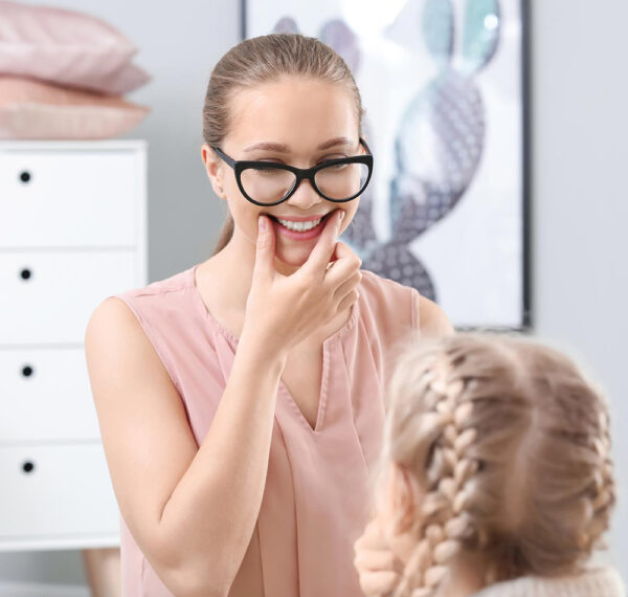

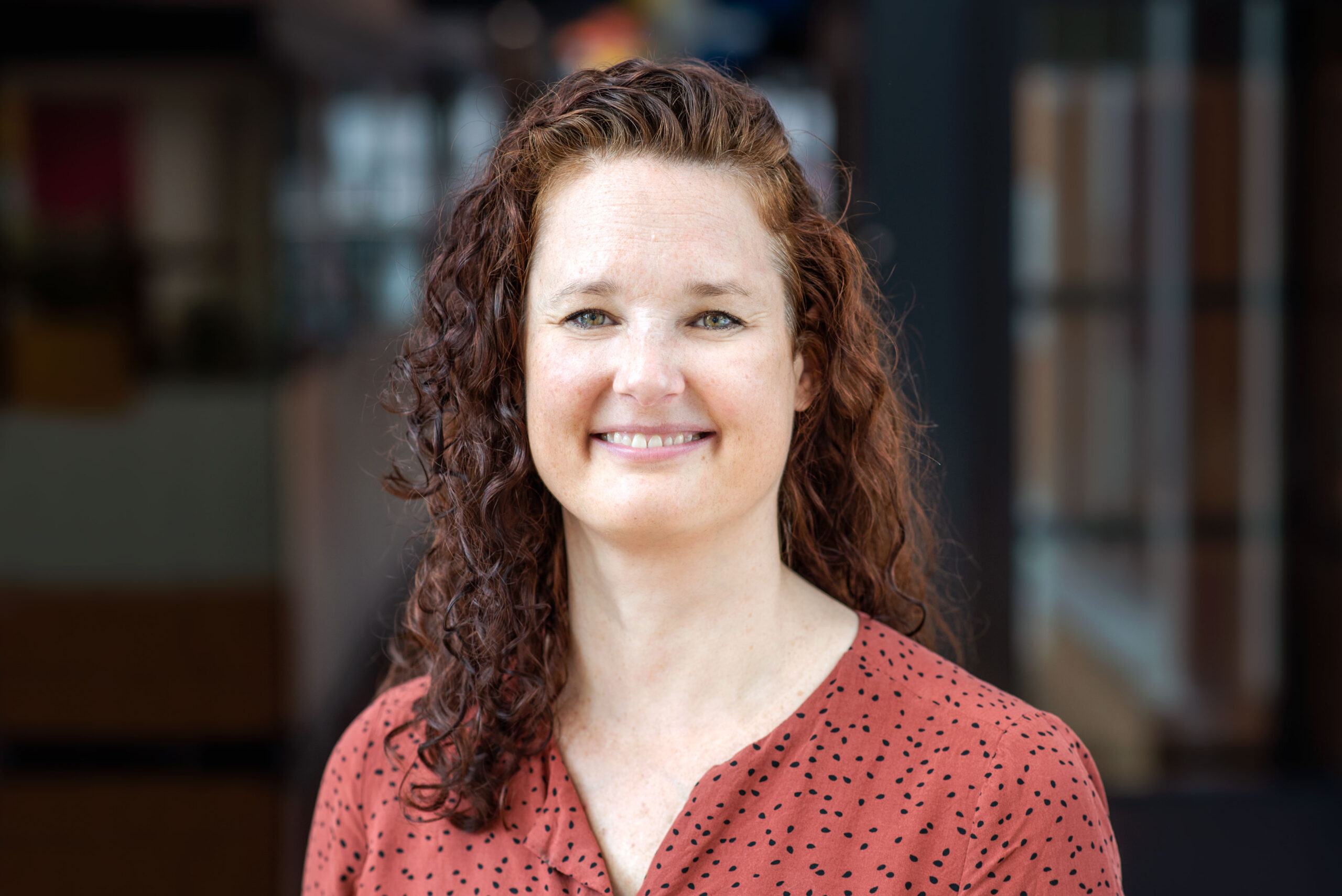
Sanne Diepeveen is a speech and language therapist and child psychologist, teacher/researcher working at the HAN University of Applied Sciences, department Speech and Language Therapy and research group Neurorehabilitation, self-management and Participation, in Nijmegen, the Netherlands. She also works in a private practice for speech and language therapy and dyslexia. She completed her Ph.D. in developing a differential diagnostics instrument for children with speech sound disorders and using this instrument within the differential diagnosis. Her research focuses and interests are differential diagnosis in children with speech sound disorder and the choice for a therapy method, dyslexia, eHealth, and children with non-congenital memory injuries.
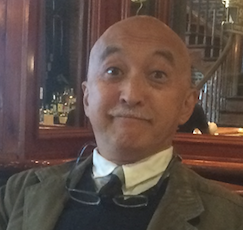
Dr Makoto Kariyasu is a speech clinician and scientist in Japan, specialized in dysphonia and dysarthria. He is currently seeking control mechanisms of rapid and slow speech productions by means of acoustic and physiological observations including EPG. Past years he has chaired a speech-language committee of Japan Society of Logopedcs and Phoniatrics to develop a practice manual for dysarthria. He received MA and PhD from the University of Kansas, USA. Currently he works for the research institute of rehabilitation and supervises speech clinicians at Junwa Memorial Hospital in Miyazaki-city, Japan.
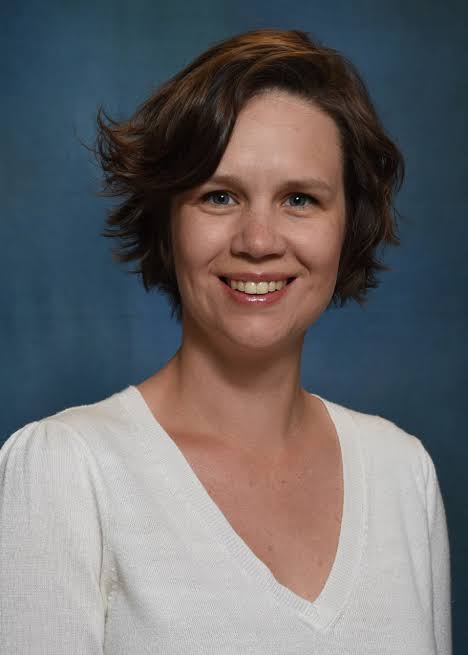
Dr. Marja-Liisa Mailend is the director of the Speech and Language Recovery Laboratory at the Jefferson Moss Rehabilitation Research Institute and an Associate Professor of Speech-Language Pathology at the University of Tartu. She earned her PhD from the University of Arizona in Speech, Language, and Hearing Sciences and she is clinically trained as a speech-language pathologist. Her work investigates the cognitive architecture of speech and language production and tits disorders. With a primary emphasis on impairments of phonological encoding and speech motor planning, the long-term goal of her work is to develop theory-driven and evidence-based assessments and treatment programs to strengthen functional communication in people with apraxia of speech and aphasia.
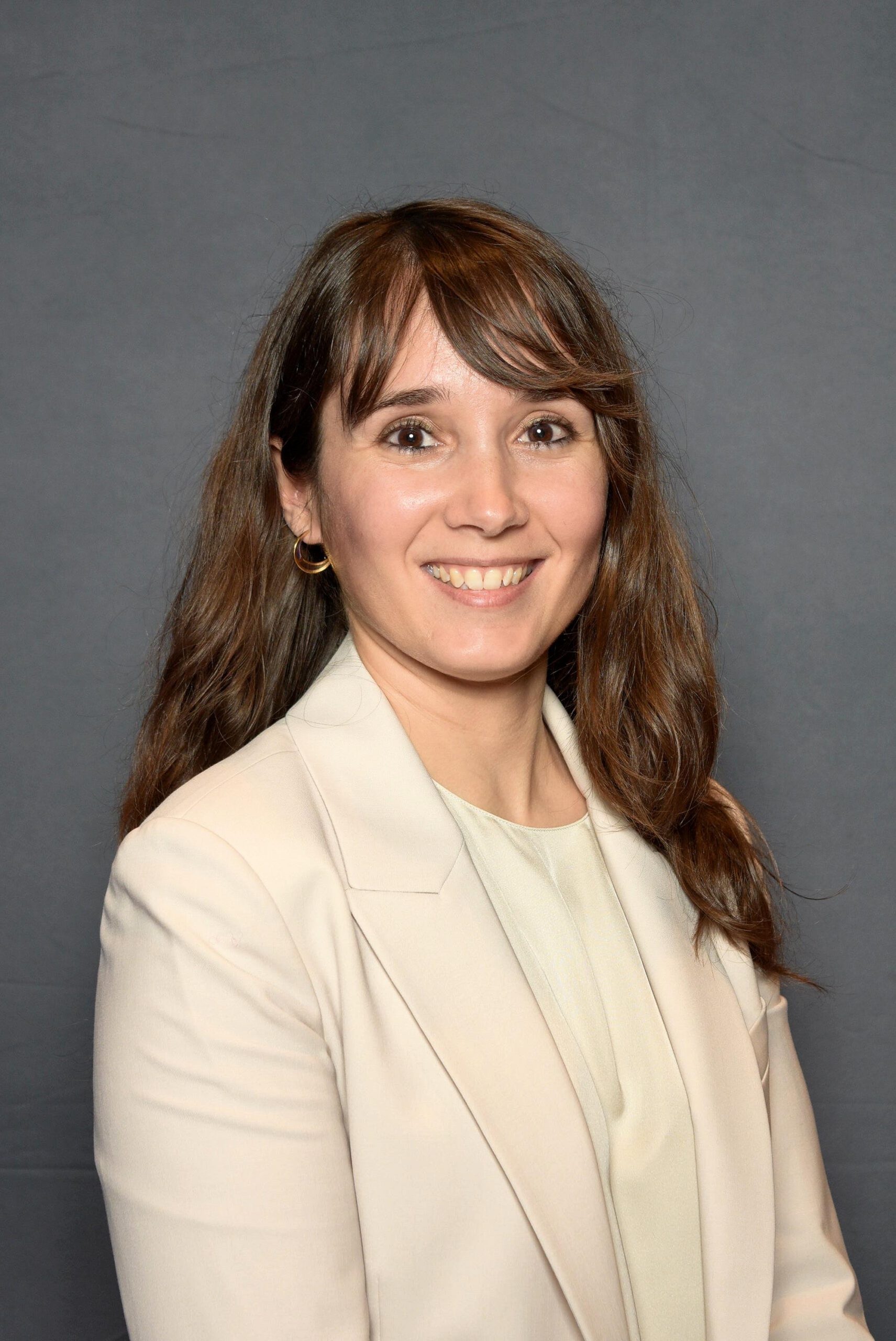
Gemma Moya-Galé completed her B.A. in English Linguistics and Literature as well as her M.A. in Applied Linguistics & Second Language Acquisition at the Universitat de Barcelona, in Spain. She then completed her M.S. in Speech-Language Pathology at Teachers College, Columbia University with a Fulbright scholarship and earned her doctorate in Communication Sciences and Disorders from Columbia University with a La Caixa scholarship. Her primary interests focus on the development of novel treatment approaches, using automatic speech recognition, to improve communication and quality of life in individuals with Parkinson’s disease (PD). Additionally, her clinical research aims at the inclusion and empowerment of underrepresented populations with PD, such as Hispanic/Latiné individuals, and her community outreach strives to maximize resources and services that are linguistically and culturally responsive for this population.
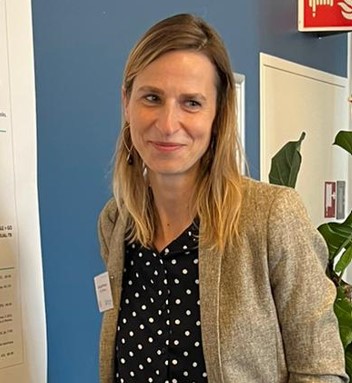
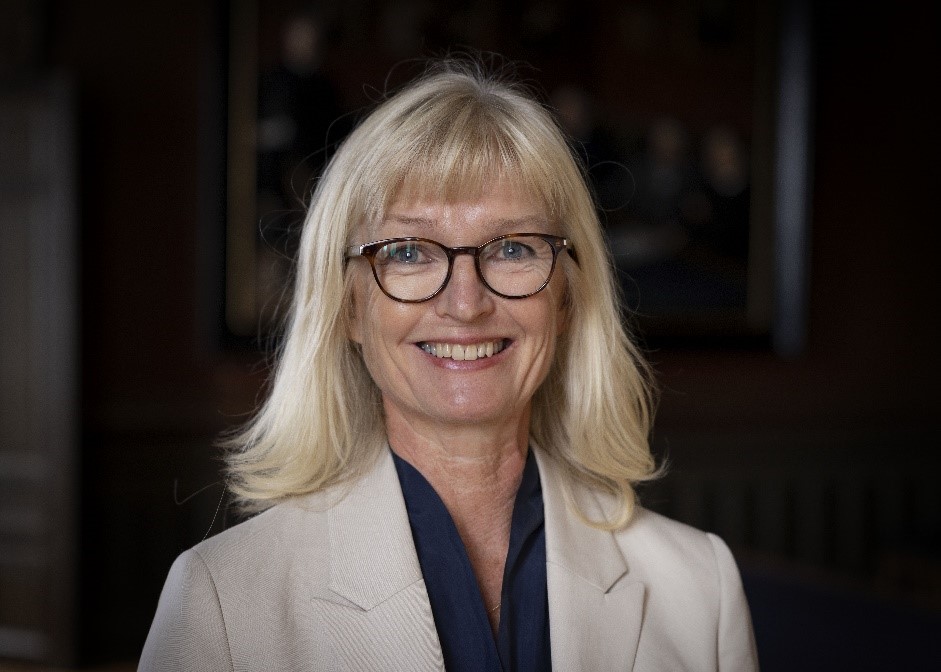
Ellika Schalling works as a professor of Speech-Language Pathology (SLP) at Uppsala University with a joint position as Speech-Language Pathologist at Uppsala University Hospital. She earned her bachelor in SLP at the Karolinska Institute, her MS in SLP at Boston University, USA, and her PhD at the Karolinska Institute. Ellika Schalling’s activities in research, teaching and clinical practice focus on acquired communication disorders. She has an interest in intensive intervention and has developed and studies effects of a new intervention programmes for speech and communication in people with Parkinson’s disease. She also studies effects of intensive intervention for people with aphasia and factors enabling or hindering comprehensive intensive aphasia programmes in Swedish health care.
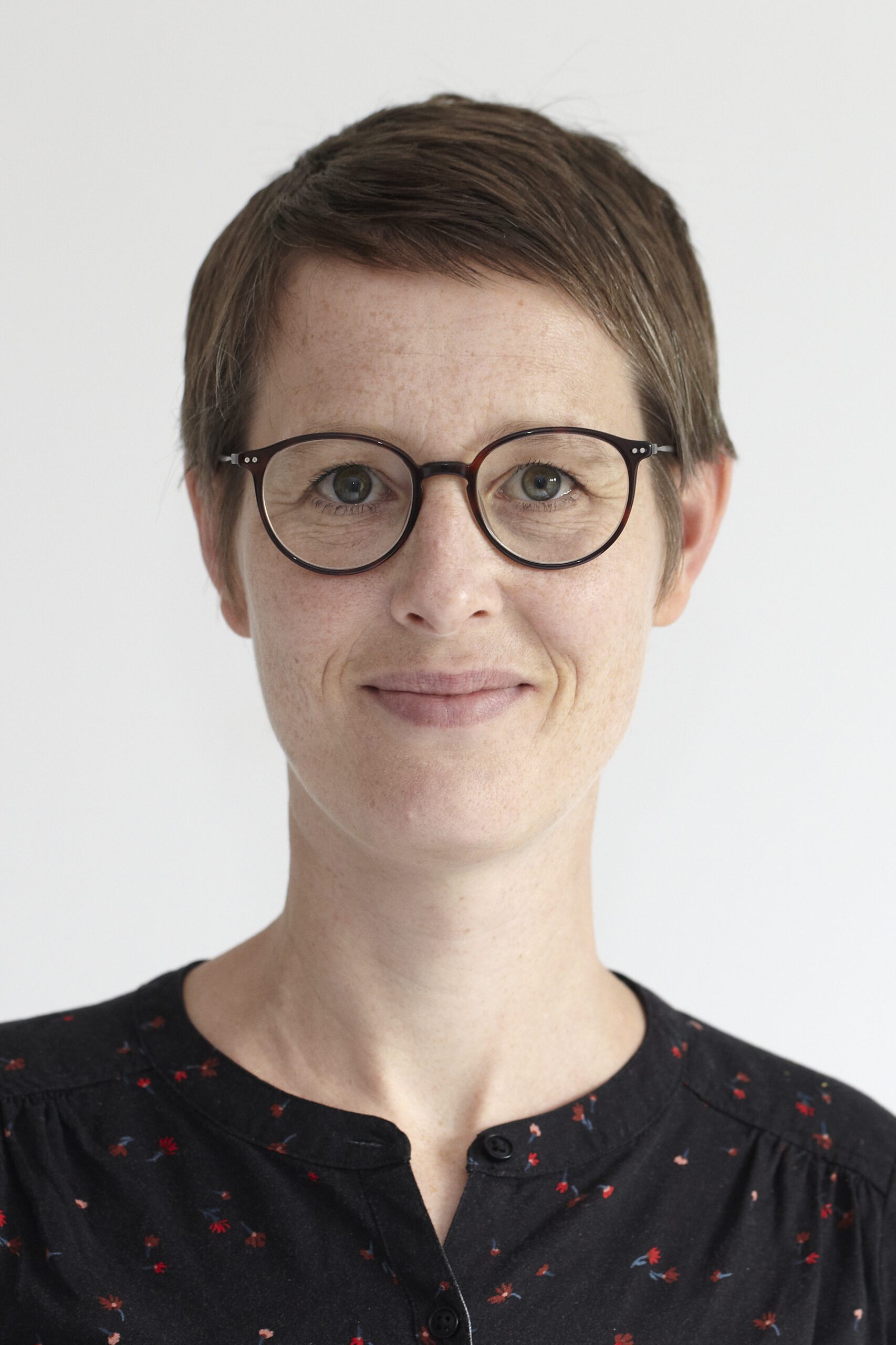
Dr. Anja Staiger is a speech-language pathologist and clinical linguist. She works a postdoctoral researcher at the Clinical Neuropsychology Research Group (EKN) at the Institute of Phonetics and Speech Processing at Ludwig-Maximilians University Munich. She completed her PhD on the subject of apraxia of speech. For many years she has been teaching undergraduate and postgraduate courses for speech and language therapists. She is a member of several national and international SLP associations and is a delegate of the German Guidelines Committee for Aphasia and Apraxia of Speech. Her research focuses on motor speech disorders in progressive and non-progressive neurological disease.
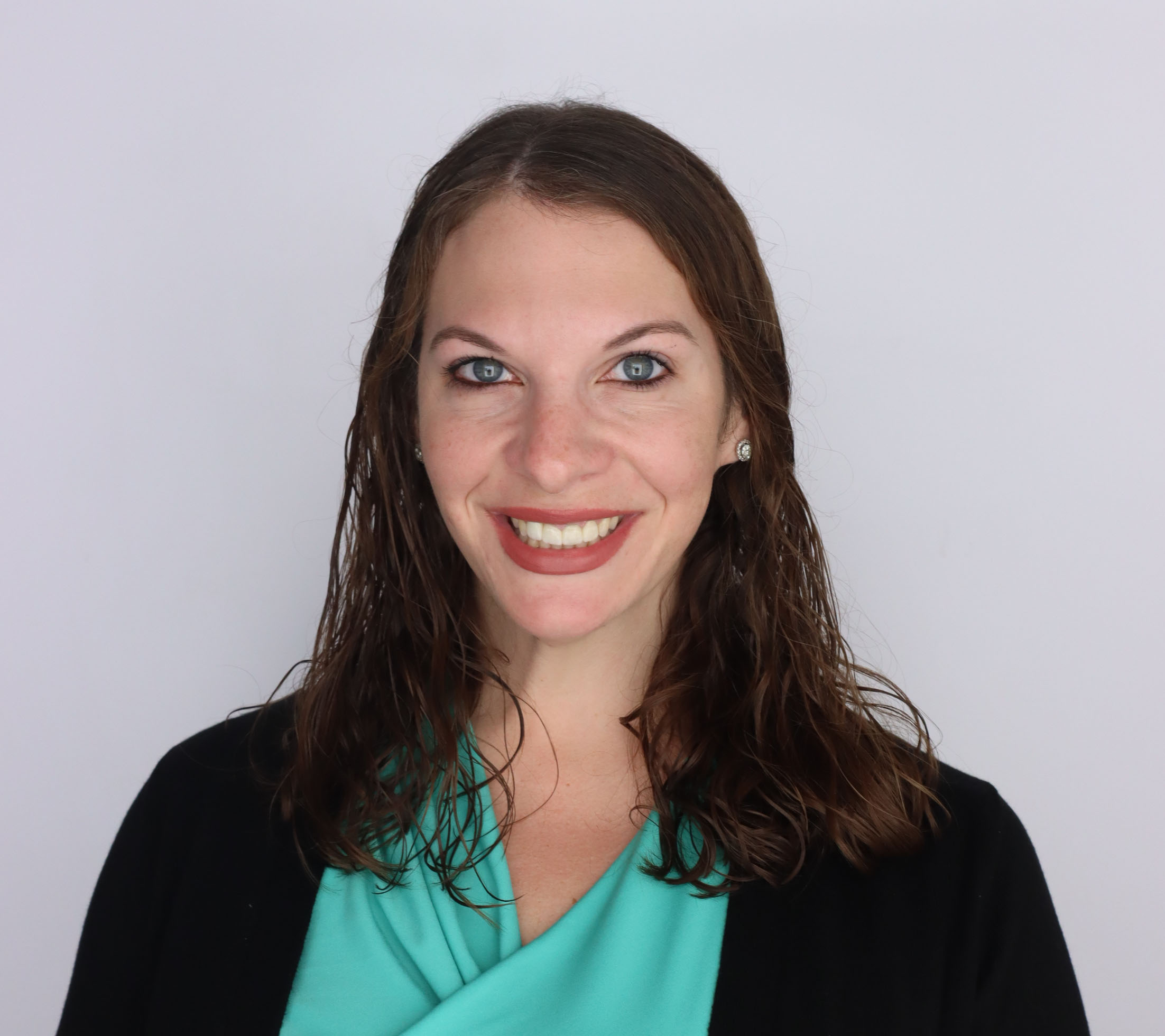
Rene Utianski, Ph.D., CCC-SLP, BC-ANCDS (she/her) is a Consultant in the Department of Neurology at Mayo Clinic in Minnesota. She is an Associate Professor of Speech Pathology and Neurology. She earned her BA in Psychology and Speech and Hearing Science from the George Washington University. She earned her MS in Communication Sciences and Disorders and PhD in Speech and Hearing Science from Arizona State University. She completed a research post-doctoral fellowship at Mayo Clinic-Arizona followed by a clinical post-doctoral fellowship at Mayo Clinic-Rochester. In her present role, her clinical responsibilities include differential diagnosis of degenerative and acquired structural and functional speech and language disorders. Her research focus is to define the distinguishing clinical, acoustical, and neuroimaging characteristics of these neurological disorders, refine their differential diagnoses, and inform subsequent treatment.
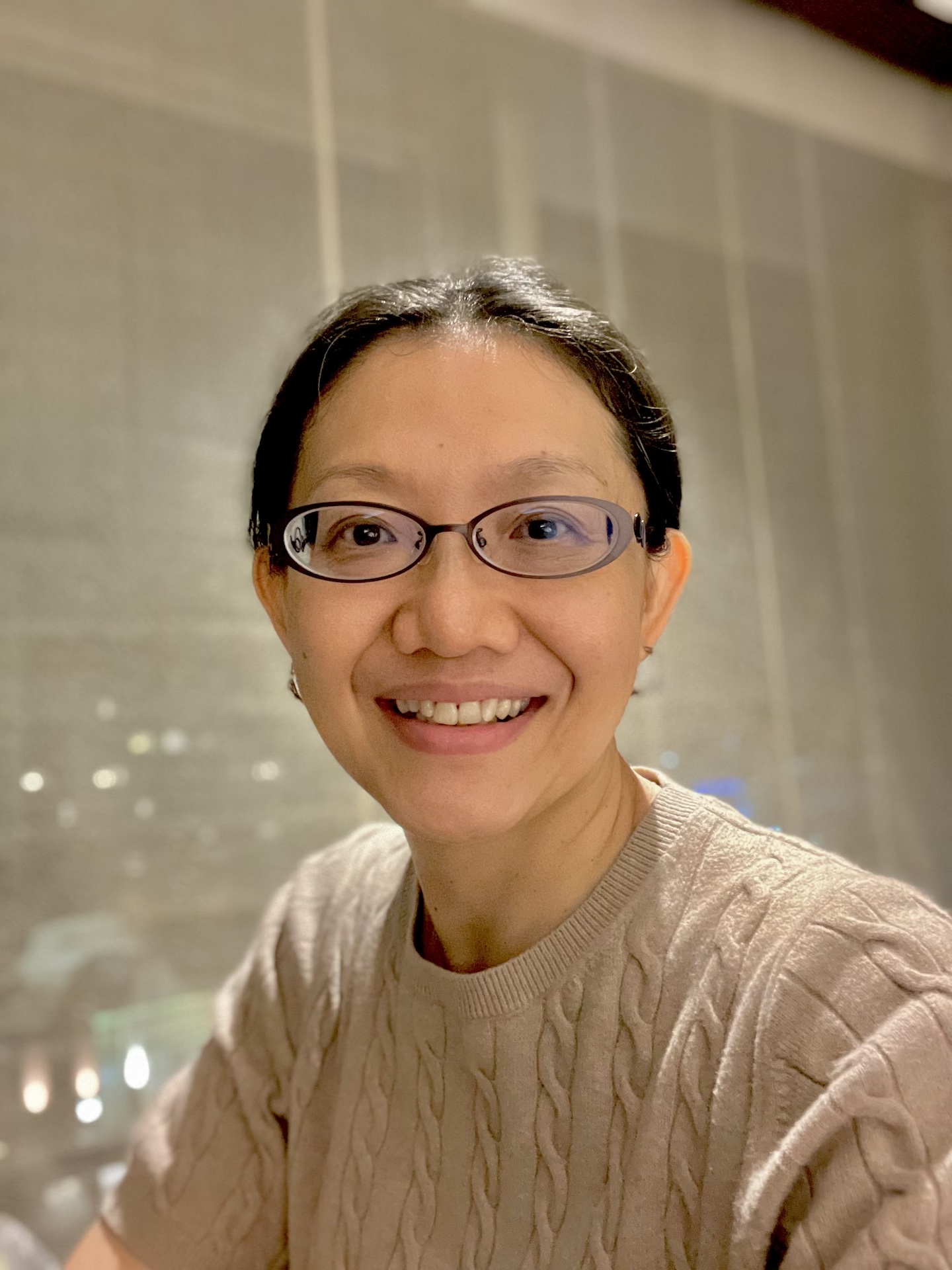
Min Ney Wong, Ph.D., is an Associate Professor in the Department of Chinese and Bilingual Studies at The Hong Kong Polytechnic University. She obtained her clinical qualifications as a speech-language pathologist from The National University of Malaysia, Malaysia and PhD in Speech Pathology from The University of Queensland, Australia. She completed a research post-doctoral fellowship at the University of Hong Kong. Her research interests focus on the characteristics and differential diagnosis of developmental and neurogenic speech and language disorders. She uses perceptual, acoustic, kinematic, and ultrasound imaging techniques for examination of speech disorders. She also applies non-invasive brain stimulation to enhance effects of traditional speech and language therapy.
The biosketch for this committee member is not yet available.
© 2024 IALP, All rights reserved | Master Privacy Policy | Cookie Policy
An individual enrolled for part- or full-time study for preregistration, undergraduate or postgraduate studies directly related to the field of human communication disorders and sciences at a formal education institution. Students must provide official evidence of enrolment at the time of joining the Association and/or registering for a congress/composium.
On behalf of the IALP I would like to thank you for considering membership in our global organisation of professionals.